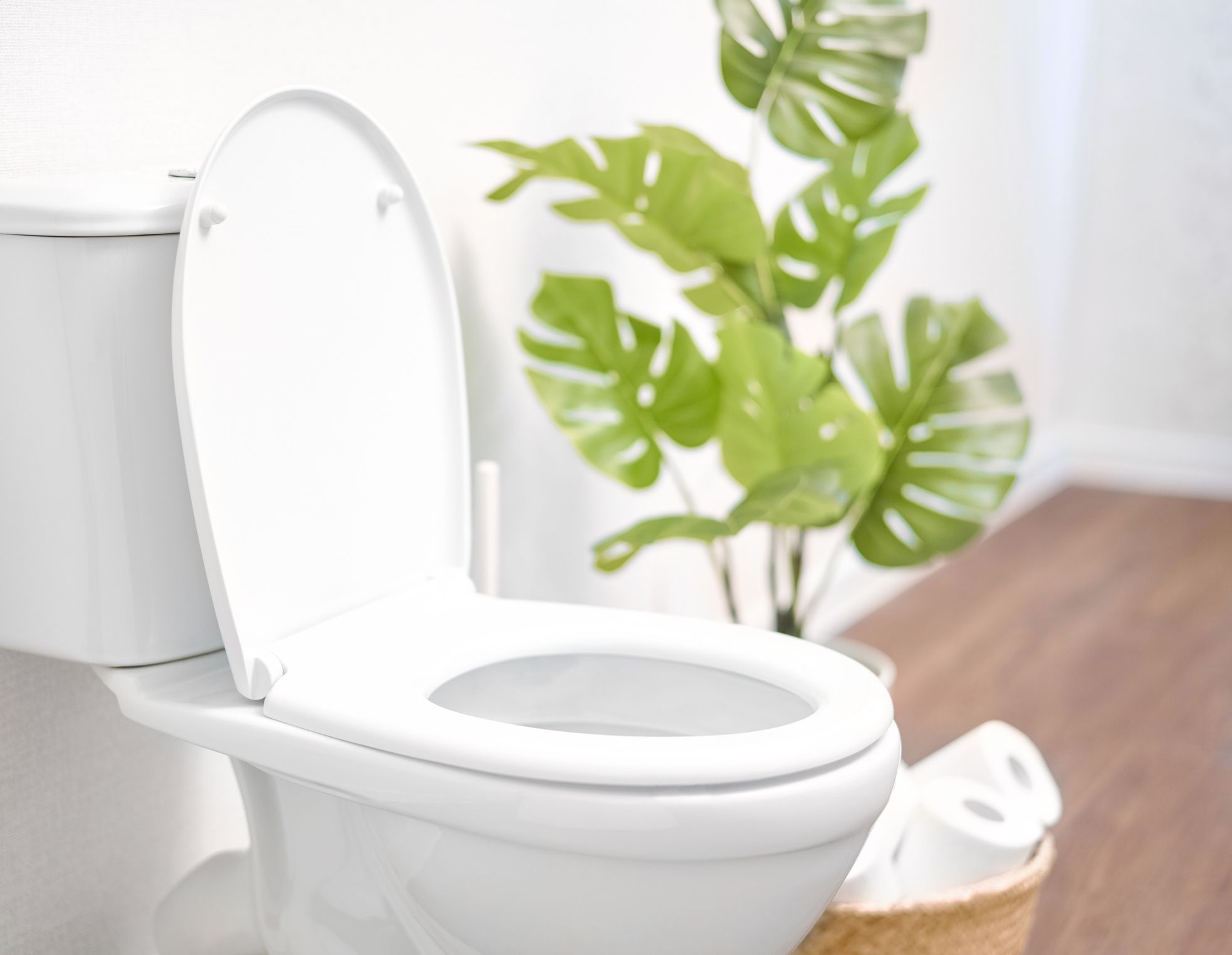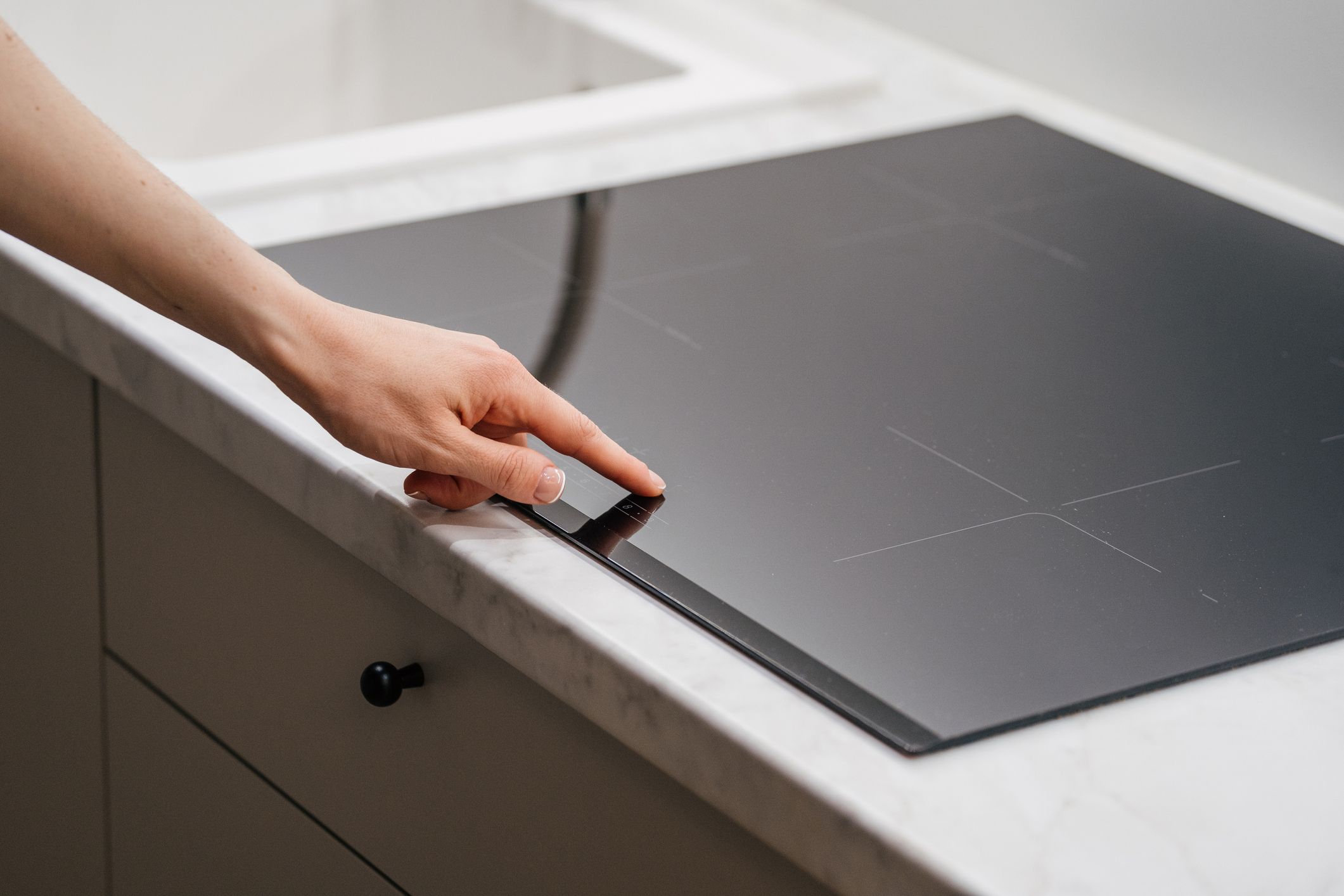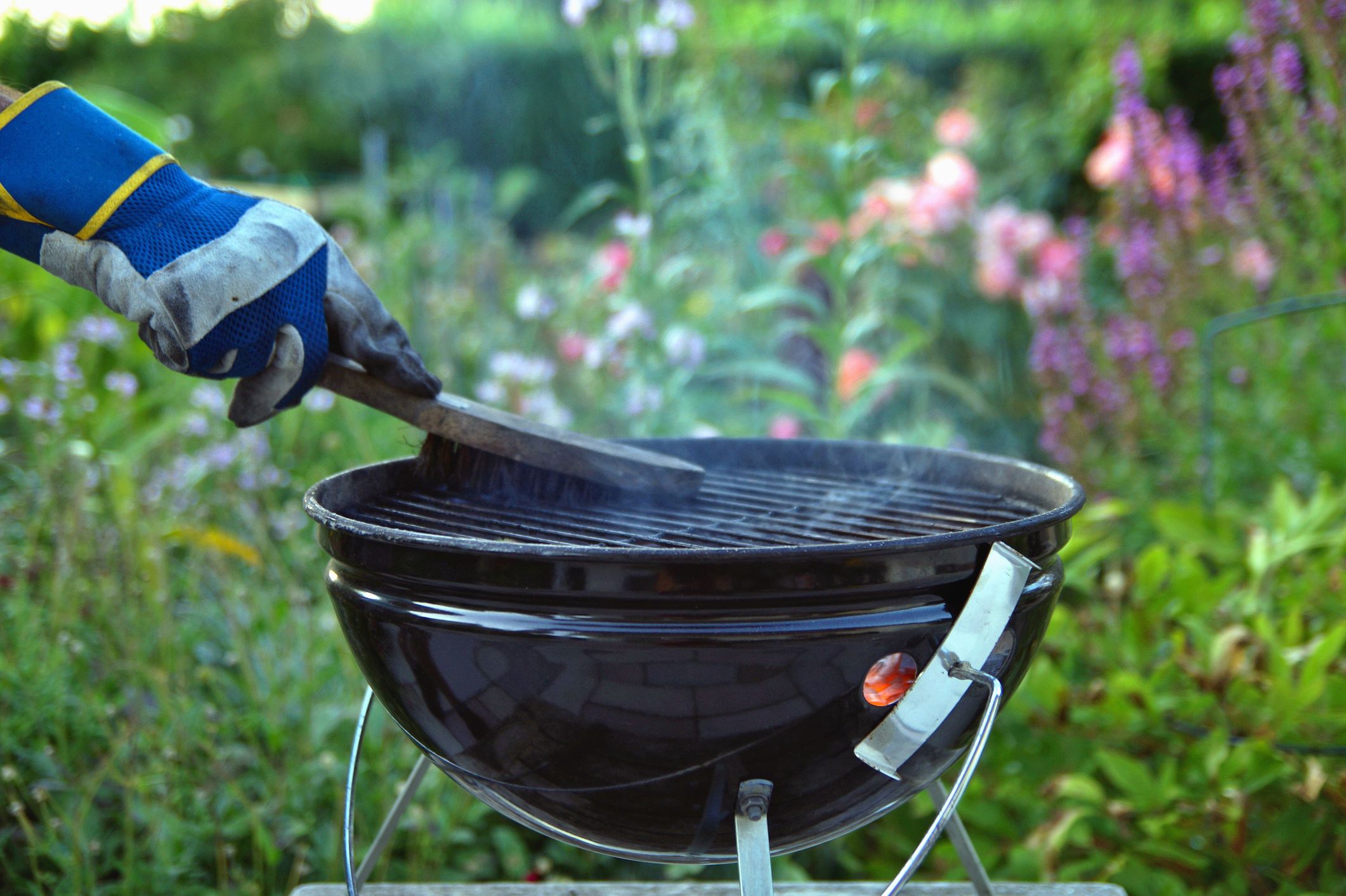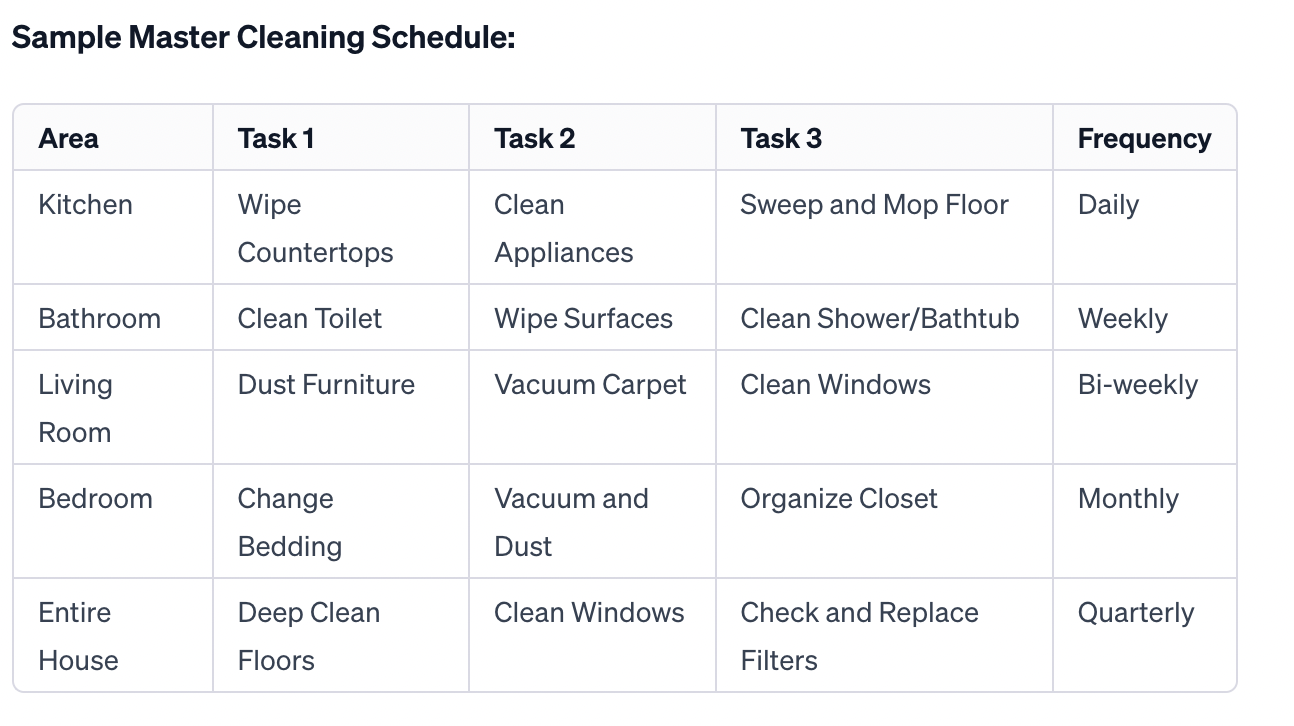CLEANING TIPS
How to Make a Cleaning Schedule
Published: January 30, 2024
Updated: January 23, 2025


Cleaning can feel overwhelming so thinking about creating a cleaning schedule or cleaning calendar might sound even more daunting. But, actually, creating a master cleaning calendar can make cleaning and staying on top of cleaning feel less overwhelming. Because once everything is one place you won't feel like you're forgetting anything or stressed that you missed something. Because, let's face it, when it comes to cleaning the house—there's a lot to do. The good news is that most things don't need to be cleaned every week, which is where a schedule comes in handy.
Here's a step-by-step guide on how to make a master cleaning schedule and what it should contain:
- Identify Areas and Tasks
- List all the areas and spaces that need cleaning in your home or workplace. This could include individual rooms, common areas, bathrooms, kitchens, etc.
- Break down each area into specific cleaning tasks. For example, in a kitchen, tasks might include wiping countertops, cleaning appliances, sweeping, mopping, etc.

- Determine Cleaning Frequencies:
- Decide how often each task needs to be performed. Some tasks may be daily, while others might be weekly, monthly, or even seasonally.
- Consider factors like foot traffic, usage, and the nature of the space when determining frequencies.
- Here are some examples of some of the big items:
Weekly:
- Vaccuming
- Wiping down countertops
- Dusting
Bi-Weekly:
- Toilet
- Mopping
- Sink
- Microwave
- Tub
- Shower
Monthly:
- Base Boards
- Ceiling Fans
- Lamps
Quarterly:
- Oven
- Refrigerator
- Windows
- Dishwasher
Yearly
- Walls
- Couch

- Create a Spreadsheet or Chart
- Create a spreadsheet or chart to create your master cleaning schedule. Label columns for tasks, areas, and frequencies.
- This is great to put on a large board that you can hang up near your cleaning supplies to keep it top of mind and stay on track.
- Assign Responsibilities
- If multiple people will be involved in cleaning, assign responsibilities for each task. Clearly specify who is responsible for what, ensuring accountability.

- Prioritize Tasks
- Order tasks based on priority. Some tasks may need to be done before others, and prioritizing can help ensure that the most critical cleaning needs are addressed first.
- Consider Seasonal Tasks:
- Include tasks that need to be done on a seasonal basis. For instance, spring cleaning or preparing for winter may involve additional tasks that aren't part of the regular routine like cleaning out the grill to winterize it or any other outdoor items that you won't be using over the winter.

- Include Deep Cleaning:
- Plan for deep cleaning tasks that may not be done as frequently as regular cleaning but are essential for maintaining a clean and healthy environment.
- Set Reminders
- Even if you have your schedule in a place that you're always looking at, you may still forget. The best bet? Putting your schedule into your phone calendar and setting alerts to remind you.
- Regularly Review and Update
- Periodically review and update your master cleaning schedule. As circumstances change, you may need to add or remove tasks, adjust frequencies, or modify responsibilities.
Here's an example of what a master cleaning schedule might look like.


